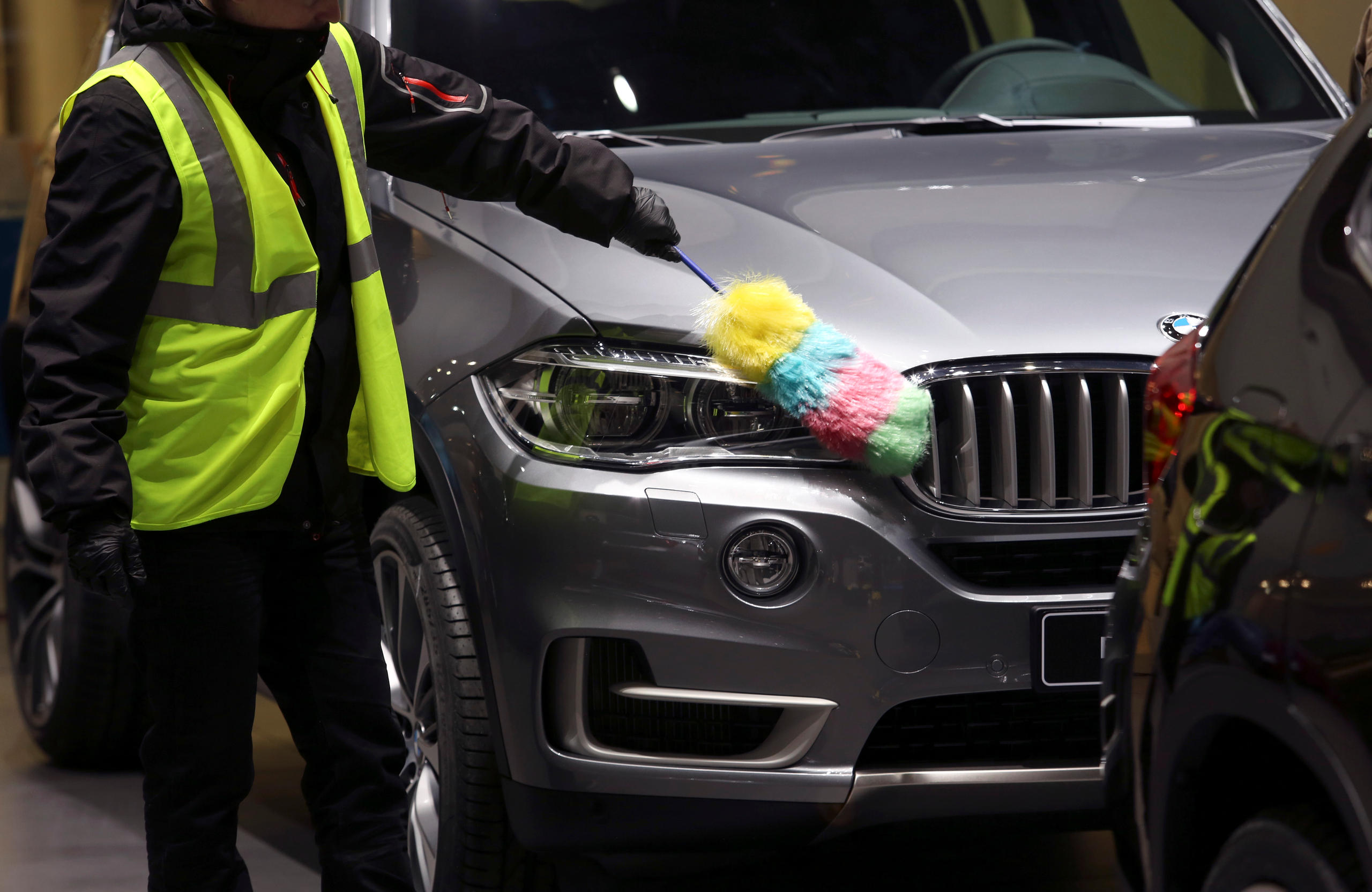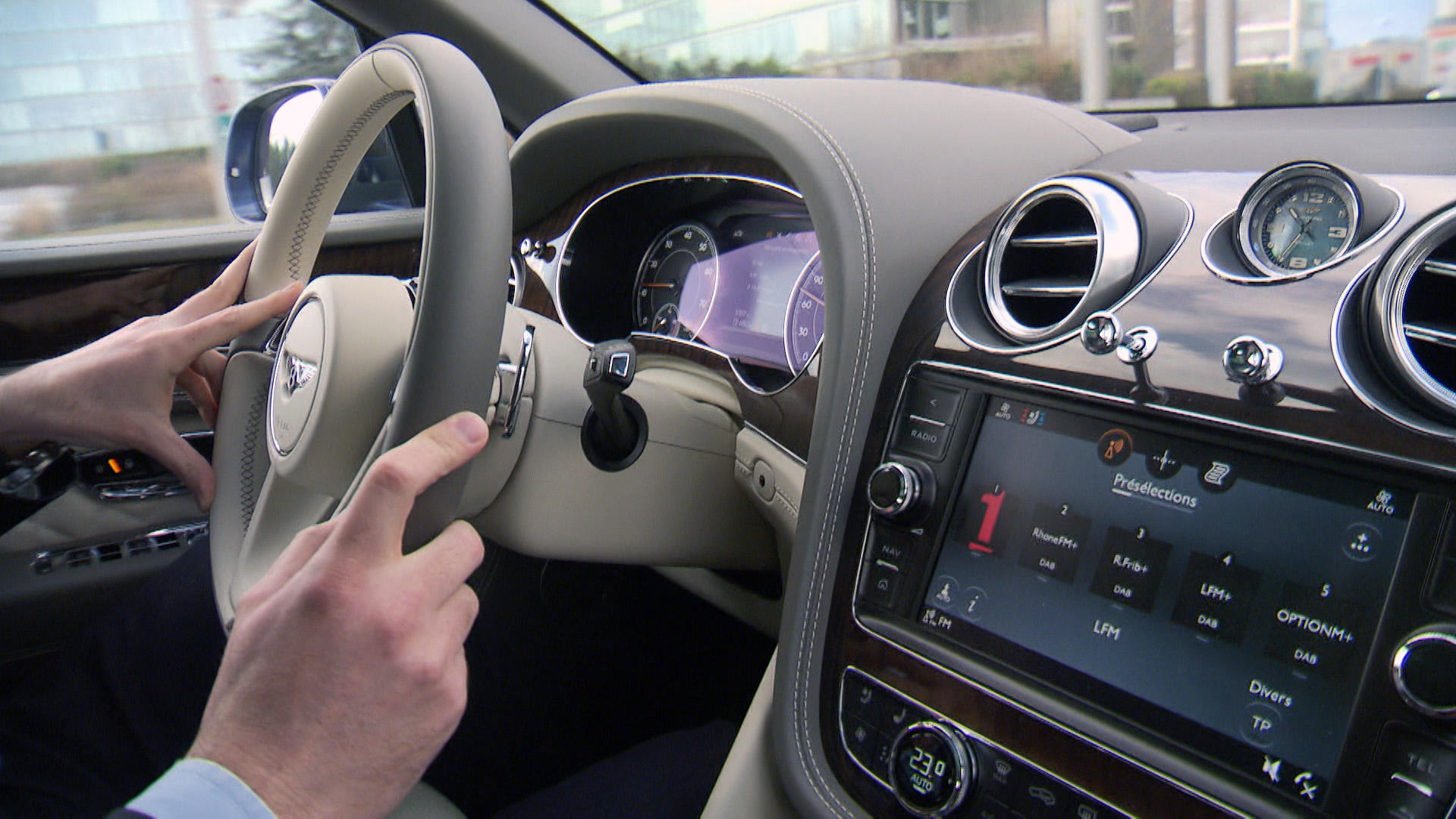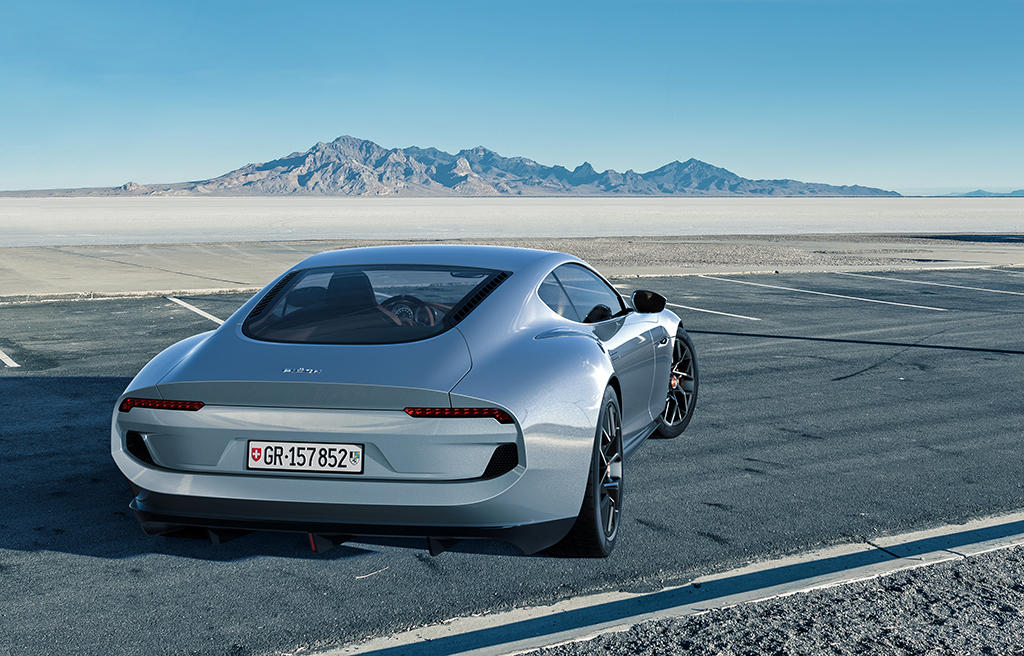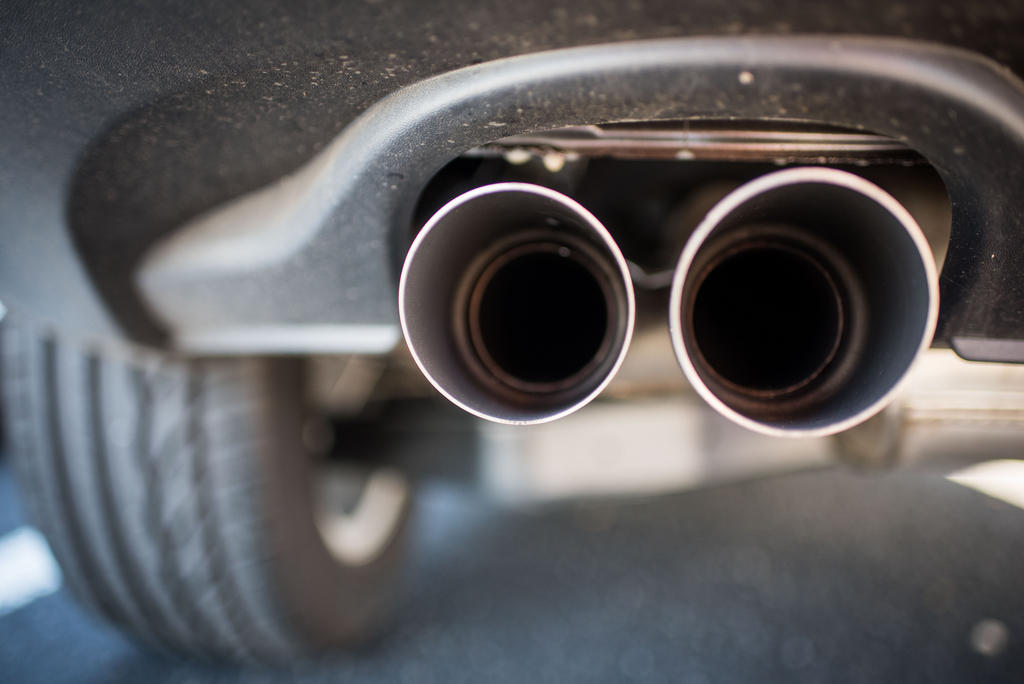The growing Swiss love affair with 4x4s

The Swiss seem to be falling more and more in love with big powerful cars with four-wheel-drive performance. Fans claim they are safer and useful for big families and when in the mountains. But what about their environmental impact?
2018 was a bumpy year for the Swiss auto industry. Overall sales of new vehicles were down again for the third year in a row, but one segment stood out. According to auto-suisseExternal link, the umbrella organisation for car importers, almost one in every two cars (49%) sold in Switzerland last year was a four-wheel drive – a Swiss record and double the share of ten years ago.
“Switzerland is a rich country, the cars come from abroad and the Swiss franc is strong, so the Swiss tend to buy bigger, wider and longer cars than our European neighbours,” Pierre-Emmanuel DessemontetExternal link, an expert in urban and suburban geography at the Federal Institute of Technology in Lausanne (EPFL), told Swiss public television, RTS, last year.
For auto-suisse President François Launaz, Swiss drivers want a technology that offers greater security, especially in winter.
“Even if most Swiss people don’t live in the mountains, they regularly drive there for skiing,” he told swissinfo.ch.

More
The rise of the SUV in Switzerland
The boom in sports utility vehicles (SUVs) and other four-wheel-drive vehicles in Europe means that the average car is now 12 centimetres wider than it was in the 1990s, according to German researchers. One consequence is that roads and parking spaces have become too small, says the Swiss Association of Road and Transport Experts (VSS)External link. It wants to widen Swiss roads to make them safer and is currently seeking to revise road construction norms, which could come into effect in a year’s time.
But the association faces opposition from environmentalists, who insist Switzerland should be focusing on reducing CO2 emissions caused by road transport.
According to the Federal Office for the EnvironmentExternal link, of the 53.5 million tons of CO2 emitted in Switzerland in 2016, 28% came from road transport. Cars were responsible for 77% of these emissions, followed by lorries (12%) and vans (7%).
Between 1996-2016, average CO2 emissions from new cars fell steadily, largely due to biofuels. But this was reversed in 2017 (+0.4%), followed by a steeper rise in 2018 (+3%).
A fall in sales of diesel vehicles after the 2014 diesel emissions scandal is one explanation for the increase. These vehicles emit more nitrogen oxide, but up to 15% less CO2 than petrol vehicles. Three-quarters of diesel car owners are now switching to petrol engines.
But higher vehicle performances and the increasing number of SUVs and other 4×4 vehicles on Swiss roads is also to blame, says the Federal Office of EnergyExternal link. Depending on the model and engine size, a four-wheel drive can consume between 8-14% more petrol than a traditional car. This represents +11-15% more CO2 emissions per km, the office says.
Launaz insists the 4×4 boom has only a “small influence” on higher CO2 emissions. Lower diesel sales were largely to blame in 2017, while a new method for calculating emissions – using longer tests and higher speeds – was an extra factor in 2018, he argues.
Over 660,000 people are expected to visit the Geneva International Motor ShowExternal link from March 7-17 to check out the 900 vehicles on show. This year, automakers are presenting numerous new electric and hybrid models while not forgetting the profitable and popular SUVs and SUV-like crossovers.
This year a wide range of prototype battery-powered vehicles will include models from Citroen, Peugeot, Honda and Volvo. Audi will present its A6, A7, A8 and Q5 vehicles in hybrid versions. At the same time, high-end brands like Aston Martin, Audi and Mercedes will be showing off concept electric SUVs.
Notwithstanding, the recent CO2 rises run contrary to the climate objectives Switzerland set in 2015: average vehicle emissions must not exceed 130 grams of CO2 per kilometre. This limit is due to be lowered to 95 grams by the end of 2020 to meet the requirements of the 2050 energy strategy, adopted by the Swiss people in 2017.
To curb emissions, ten years ago parliament introduced fines for dealers whose imported vehicles exceed CO2 emissions limits. But the tax is calculated based on an average CO2 emission value for all vehicles sold by the same car firm or group, rather than on individual vehicles. Dealers are fined if they exceed the average value. But according to a Tages-Anzeiger news report last year, six of the ten biggest car importers do not pay anything. For the rest, the fines are low.
It remains unclear exactly how Swiss car dealers and lawmakers will meet the challenge of the lower limit. One solution that many people are eagerly watching is the launch in the next few years of numerous electric and plug-in hybrid models offering four-wheel-drive performance with comparatively low CO2 emissions.

In compliance with the JTI standards
More: SWI swissinfo.ch certified by the Journalism Trust Initiative




You can find an overview of ongoing debates with our journalists here. Please join us!
If you want to start a conversation about a topic raised in this article or want to report factual errors, email us at english@swissinfo.ch.